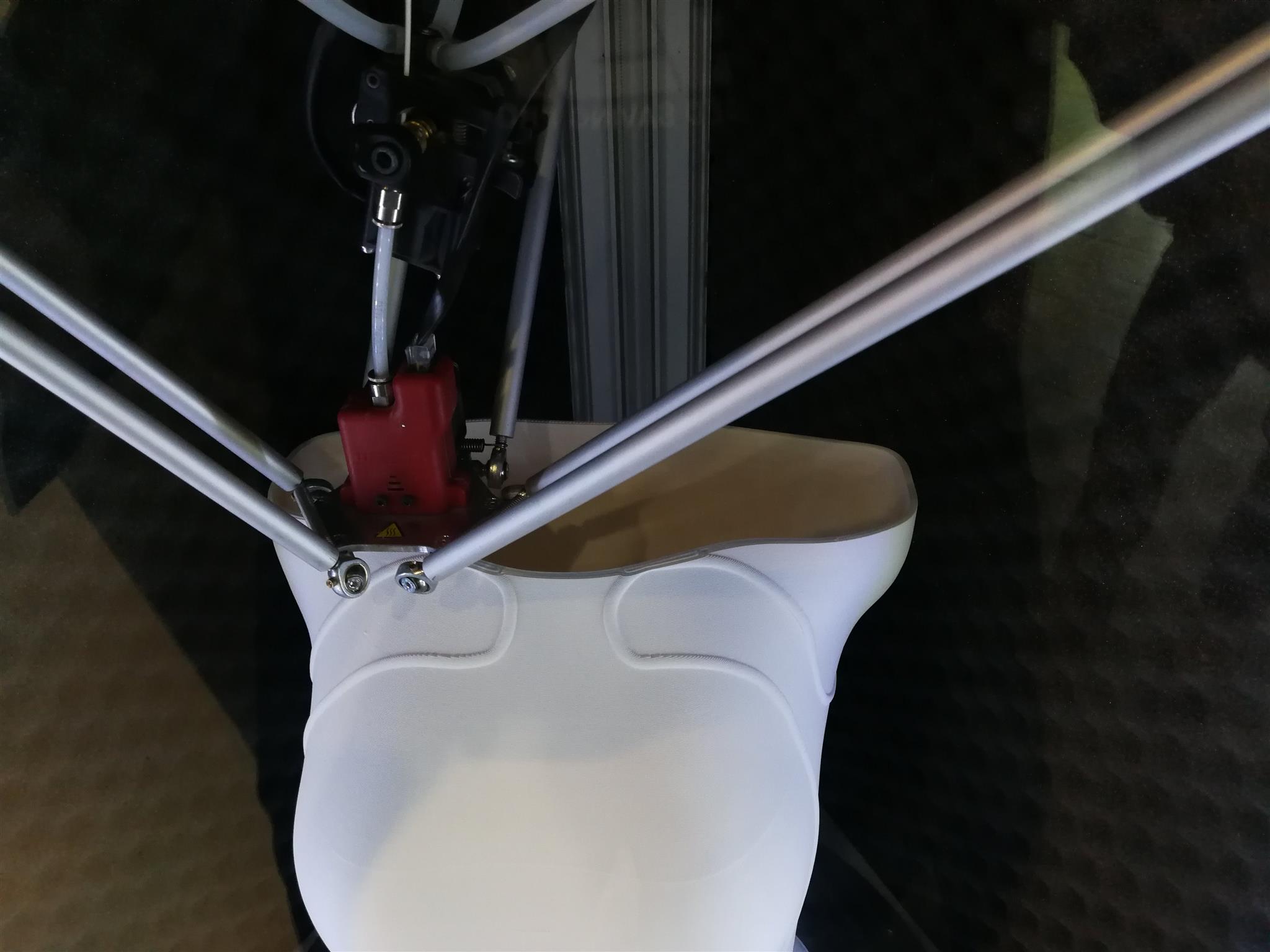Italian 3D printer manufacturer WASP has launched a free add-on for open source 3D modelling software Blender that allows users to model orthopedic devices with 3D scans. Designed for use by medical professionals, the add-on runs on Blender 2.8 and contains step-by-step commands to model a shape on a 3D scan, with the final design intended for 3D printing.
The tool was developed by WASP MED, WASP’s division focusing specifically on 3D printing in healthcare. After a year of research and intensive work, the WASP MED Blender Add-on was created in order to prepare professionals in using 3D technology and tools. WASP also collaborated with Alessandro Zomparelli, professor at the Academy of Fine Arts in Bologna, to develop the tool. In a press release, the company states that the intention of the add-on is to fill the gap between expensive and rigid professional software, and the powerful open-source software available that isn’t optimized for medical use.
3D Printing Industry reached out to WASP to find out more about the company’s decision to use open-source software, and its overall output in the medical and healthcare sector.

An open source 3D software for medical professionals
With the global prosthetics and orthotics market size expected to reach $12.28 billion by 2025, WASP states that WASP MED was founded in 2015 to work specifically on the needs and challenges of the growing healthcare sector.
“The use of FDM printing on orthopedic devices is getting more and more popular and the case studies of success with WASP printers are now several in Europe,” a spokesperson for the company stated. “WASP printers are very suitable in this case because of their huge cylindrical build area and the possibility to print medical grade materials, ”
WASP also claims that the development of 3D printers and materials for medical use is hindered by the fact that many medical professionals don’t have the 3D printing tools or expertise to apply their knowledge. By developing the WASP MED Add-on Blender 2.8, the company aims to overcome the lack of accessible software geared towards medical use. It is designed for ease of use, allowing medical professionals to utilize the add-on without any prior experience in 3D modelling:
“Our Add-on is based on a step-by-step workflow, reducing the possibility of mistakes and with the specific tools at the right time. In this way, even someone that’s not coming from the world of 3d modeling [can use it, however] medical professionals are the main target.”
Key to developing the WASP MED Add-on Blender 2.8 was Professor Alessandro Zomparelli, who is a computational designer and expert in Blender that has previously worked on shaping objects based on the human body. “Alessandro Zomparelli has always been a friend for WASP and he’s one of the most brilliant developers of Blender in Italy. [He has previously] researched the interaction of complex geometries on the human body. Translating all this experience in the world of orthoses has been natural.”

Providing open access to 3D printed medical devices
WASP chose to use an already existing open source software to create its modelling tool for medical professionals, as opposed to developing its own, in order to increase its accessibility. Blender was identified specifically because it is a highly capable open source platform for 3D modelling, while also containing useful features to help develop WASP’s add-on:
“WASP always loved the open-source approach as a way of empowering people to do something important. Creating our own software would have been exclusive for a lot of users.”
“We chose Blender because it is the demonstration that an open-source platform can be as powerful and professional as a proprietary one and the tools that contain are great for modeling on 3D scans.”
The open-source model adapted by WASP for the tool is also geared towards creating a global collaborative community centred on finding solutions to prominent health issues. WASP also states that open tools can also establish increased access to medical devices and treatments for countries where they are unavailable or costly. The company itself has already donated an artificial limb 3D printing laboratory to aid the conflict in Syria.
“We plan to create a whole community of users worldwide working with our Add-on to 3D print orthopedic devices. This is something that can only be possible with the participation of a collaborative community.”

Medical innovation at WASP
With the launch of the WASP MED Add-on for Blender, the company is extending its significant efforts in developing prosthetic and orthotic (P&O) treatment using 3D technologies. In 2018, WASP MED established a Digital Orthopedic Laboratory, which gives patients access to custom 3D printed medical support devices. It combines the company’s mechanical and technical expertise with the work of experienced physicians.
A key step for the company in pursuing its medical innovations was developing medical-grade materials that are compatible with its own systems: “The development of medical-grade materials was an important step forward. A milestone in this sense was starting to print medical polypropylene on Delta WASP 4070 INDUSTRIAL, a material that opened to a whole new range of applications in healthcare.”
Subscribe to the 3D Printing Industry newsletter for the latest news in additive manufacturing. You can also keep connected by following us on Twitter and liking us on Facebook.
Looking for a career in additive manufacturing? Visit 3D Printing Jobs for a selection of roles in the industry.
Featured image shows the Blender and WASP logo. Image via WASP.


